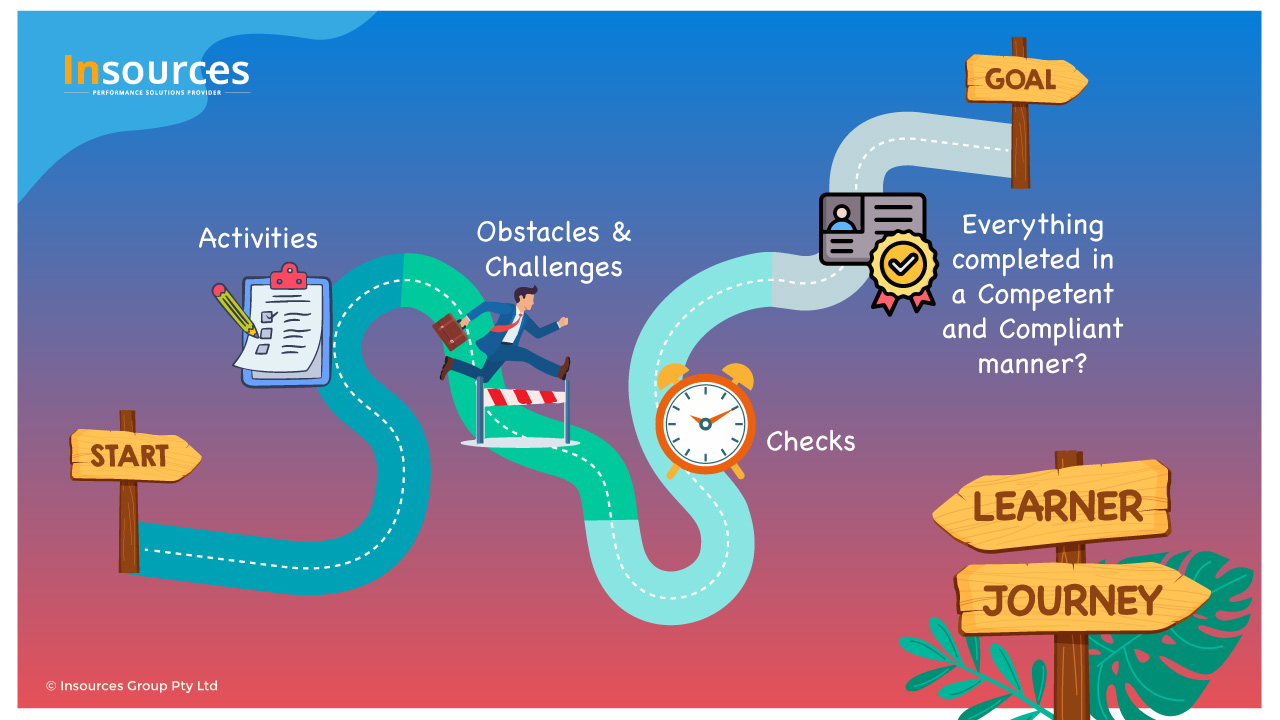
For any compliance related training, we build the courses because we have to, and our learners watch them because they have to. But no one pays any more attention than the absolute minimum required. This second-rate status is only natural. Unlike the majority of vocational training programs, which are born directly from an industry need or opportunity, compliance-training programs are foisted upon us without any perceived need from within.
Even if we see the importance of the subject—as most of us would on issues like workplace health and safety, first aid, business ethics, and industry standards —the broad mandates of compliance training often make it difficult to see where any real, individual learning will occur. Instead, students throw up their hands, check the boxes, and move on as quickly as possible. Such compromises are understandable. In real life, compliance training had become a commodity for training organisations with seemingly infinite demand.
It is time for the VET industry, including the regulators, to shift a little more love toward compliance. And I am not talking to have more compliance requirements for compliance training, I am talking about more meaning, results, and value.
The need is certainly there. After years of hasty compromises, many learning programs are lost in a sea of lip-service compliance tutorials that barely even pretend to carry any real meaning. Their dead weight is a burden to designer and learner alike, posing a serious threat to the long-term health of our VET industry.
If we can’t bridge the gap now between compliance and learning, we may soon discover that we’ve failed at both.
We Are Undermining Our Role as Trusted Training Providers
Those organisations that spend most of time ticking regulatory requirements boxes, and don’t incorporate the applications of their training objectives into their instructional design, are hitting our learners over the head with compliance training that doesn’t apply to their needs. Learners, and industry in general, will gradually lose faith in the Nationally Recognised Training (NRT) as a brand, and begin to view our offerings with skepticism instead of trust. That vantage, if it sets in, makes teaching and learning almost impossible. This is a great risk that regulators and policy makers should address immediately.
Are We Wasting Valuable Opportunities for Real Learning?
In many industries, mandatory training initiatives for all employees can be almost impossible to achieve. The only place where we’re guaranteed to have all eyes focused on us is our compliance training programs, where laws or policies have already taken care of the mandate for us.
The question is, what do we do when all those eyes are watching? If we can find a way to meet the letter of the law and hit the real learning needs, compliance training could become a critical tool for achieving our desired learning and development outcomes.
We Might Not Be Complying at All
The arbiters of many policies and laws are getting wise to the myth of compliance learning. We may see in the near future demands not just for training, but “rigorous and effective” training.
Training must be measured for its effectiveness, what are participants’ skills and knowledge before and after training? How well and often are students applying those skills and knowledge in their workplace? What has changed/improved in the workplace as consequence of the training? This is a high, somewhat intimidating bar to hit. And if we don’t change our approach soon, it’s likely only to get higher.
We must be accountable for the value of our training programs beyond the learning objectives, and measure application and impact. There are proven methodologies used elsewhere for years, such as the ROI Methodology, that help training professionals to evaluate the effectiveness of training.




